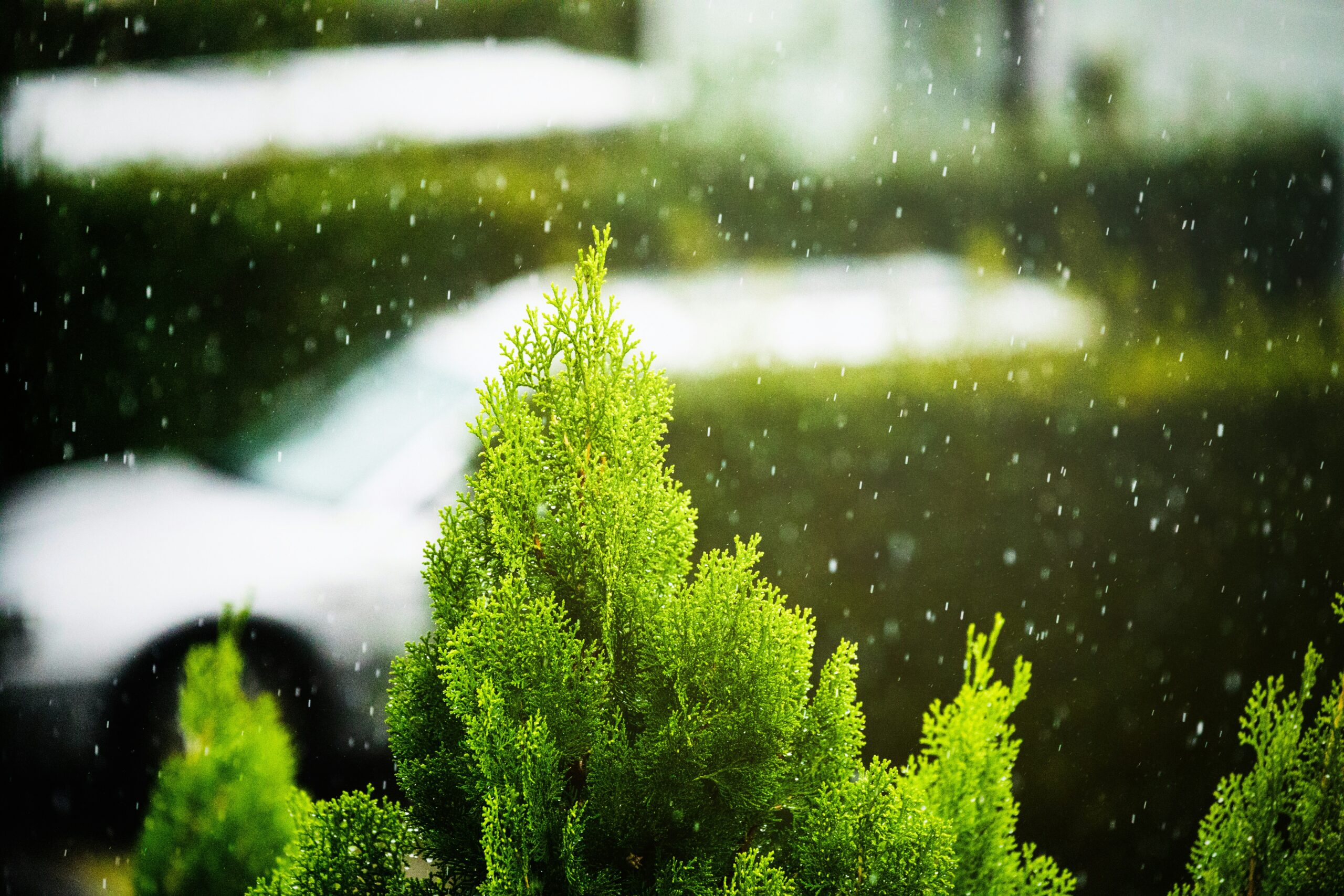
Date May 09, 2023
While the name “lace bug” might sound pleasant, this pesky insect sucks chlorophyll from underneath leaves and causes stippling, or small spots, to appear. While most lace bug damage on trees or shrubs isn’t fatal, these infestations can weaken them and cause their leaves to drop prematurely. Combating these common garden pests involves understanding their life cycle and behavior.
What Are Lace Bugs?
Image via Flickr by treegrow
With about 140 different species found in North America, lace bugs feed on plants. They have three distinct life stages: egg, nymph, and adult. Females lay tiny eggs in leaf tissue, which hatch into nymphs. These wingless nymphs are oval and usually dark in color. They develop over several weeks before turning into adults. Because of the mild winters in Texas, lace bugs’ life stages can occur throughout the year.
Adult lace bugs are relatively small, only 1/8-inch long. They have mouths that act like needles that pierce the underside of leaves. A close look at a lace bug will show its transparent wings form a shield over its square-shaped body.
What Do Lace Bugs Eat?
Adult lace bugs and their nymphs suck the fluids in a plant’s tissues, causing extensive leaf damage. Most lace bugs are on the lower surface of leaves, so they’re hard to see. While lace bugs aren’t the only pests that make a stippling pattern on leaves, they’re the only ones that excrete tar-like spots on the underside of the leaves. But unlike other pests, lace bugs aren’t a serious threat to a plant’s health or survival since the damage they cause is merely cosmetic.
How Can Gardeners Protect Foliage From Lace Bugs?
Since lace bugs don’t seriously damage plants, it’s best to tolerate the insects when possible. Plants need proper care to remain vigorous. While stippled foliage is untreatable, new growth will replace it or require pruning the leaves. A gardener should examine plants for lace bugs in early May.
Lady beetles, jumping spiders, and mites are lace bugs’ natural enemies. However, natural or chemical treatments can also eradicate lace bugs. A strong water blast is an effective method of removing them from a tree, and washing the tree with mild soap can help prevent their return. A mixture of 4 or 5 tablespoons of mild soap, such as Dr. Bronner’s liquid soap, per gallon of water is sufficient.
Pesticides or insecticides are an option for chemical eradication. An organic pesticide that might work is neem oil sprayed on the tree every two weeks. While insecticides can’t restore damaged leaves, they can reduce or prevent further damage.
TreeNewal can treat lace bug infestations on trees or shrubs in the Dallas and Fort Worth, Texas, areas. With ISA-Certified Arborists on staff and a team of highly qualified tree care experts, TreeNewal knows the best ways to nurse trees back to health when lace bugs are infecting them. TreeNewal has the tools to stop the spread and safely dispose of infected branches. To learn more or schedule an appointment, contact TreeNewal today.









